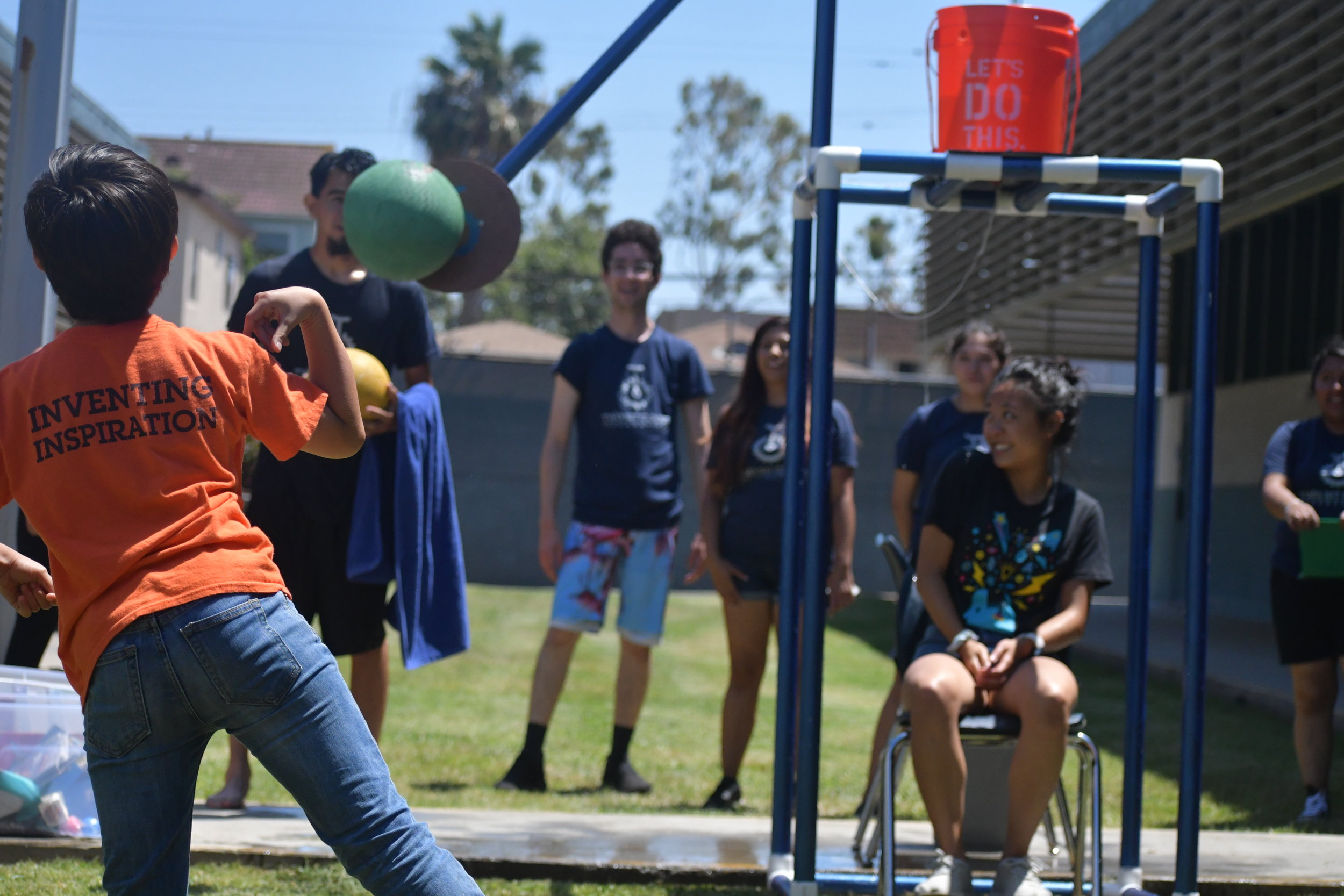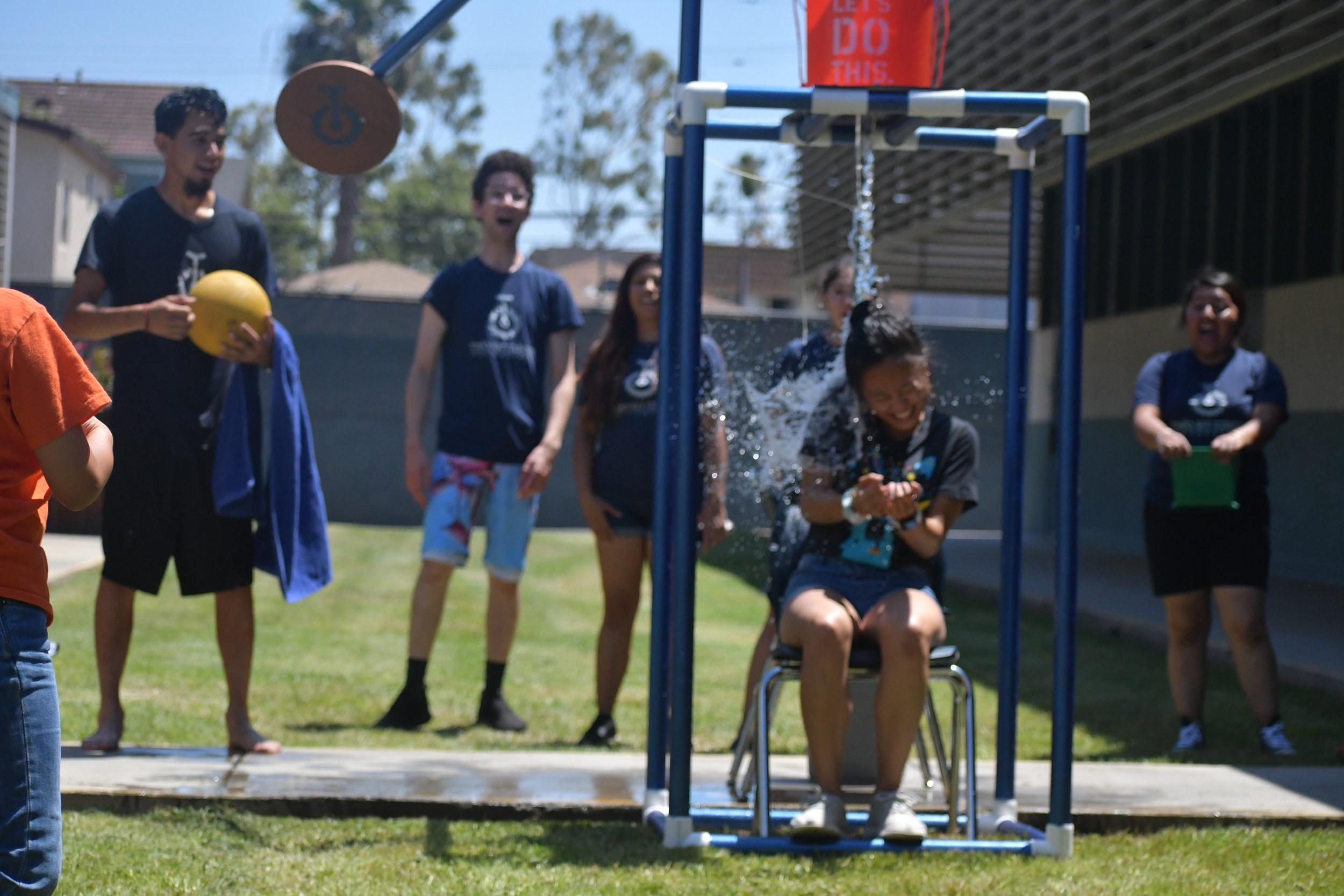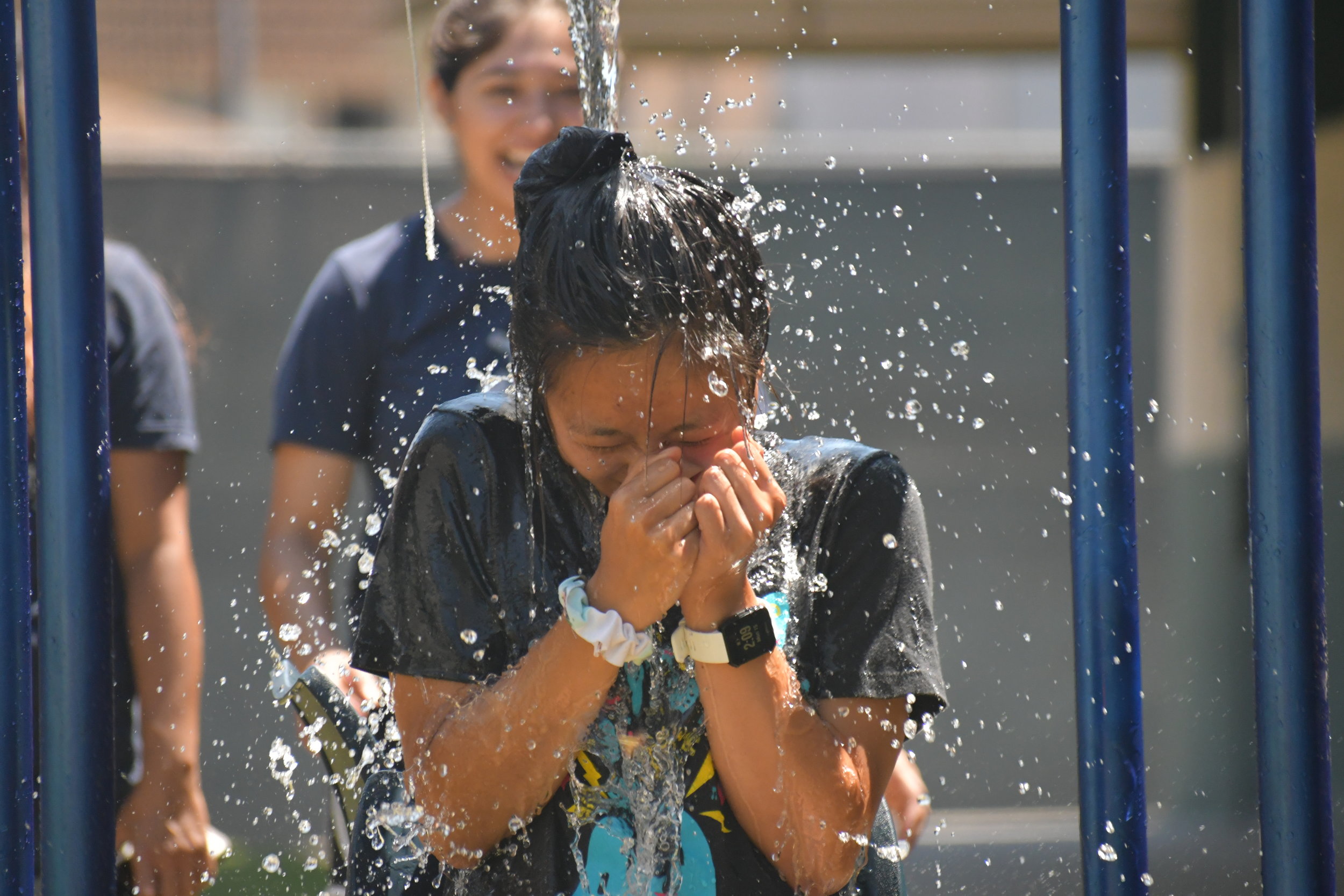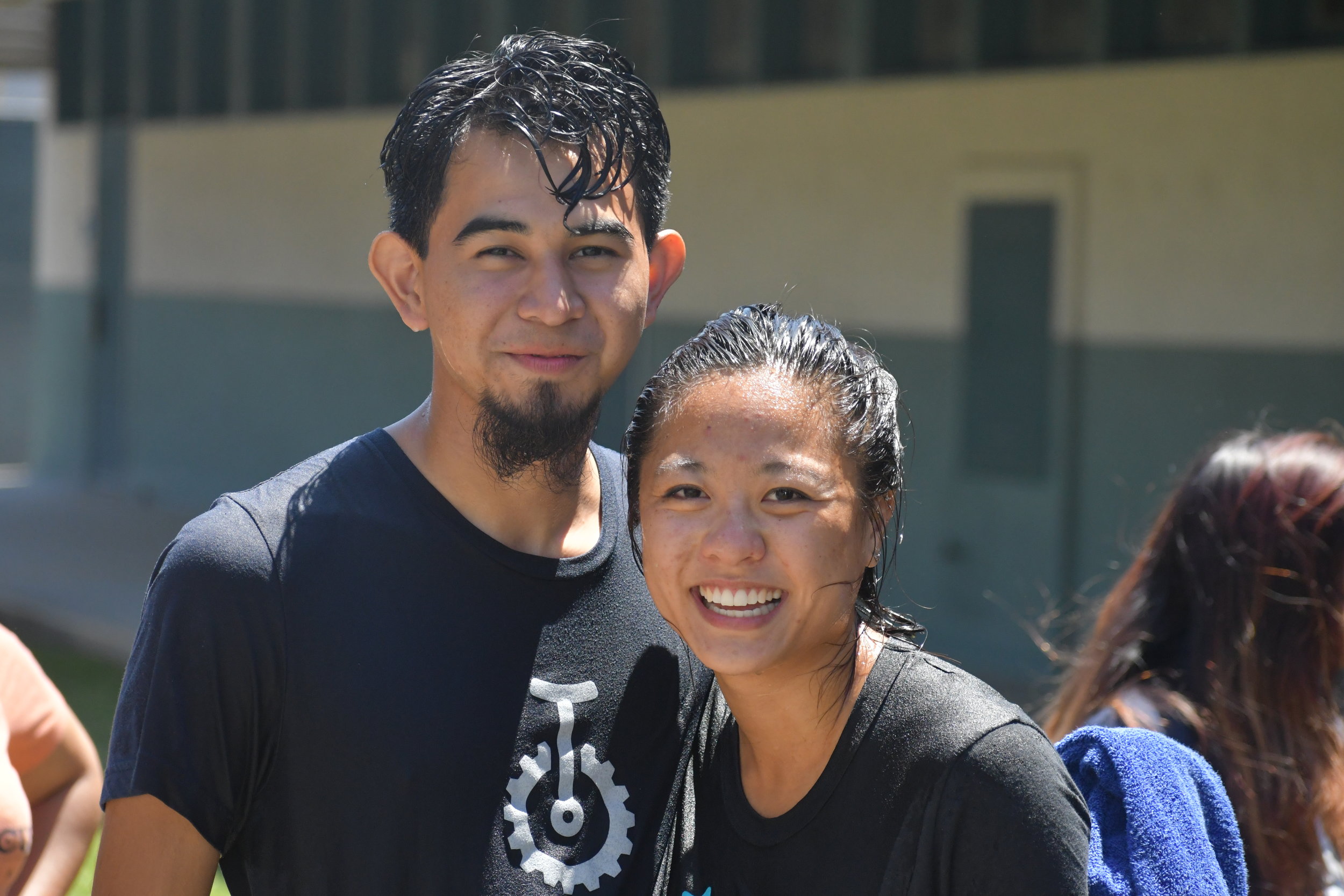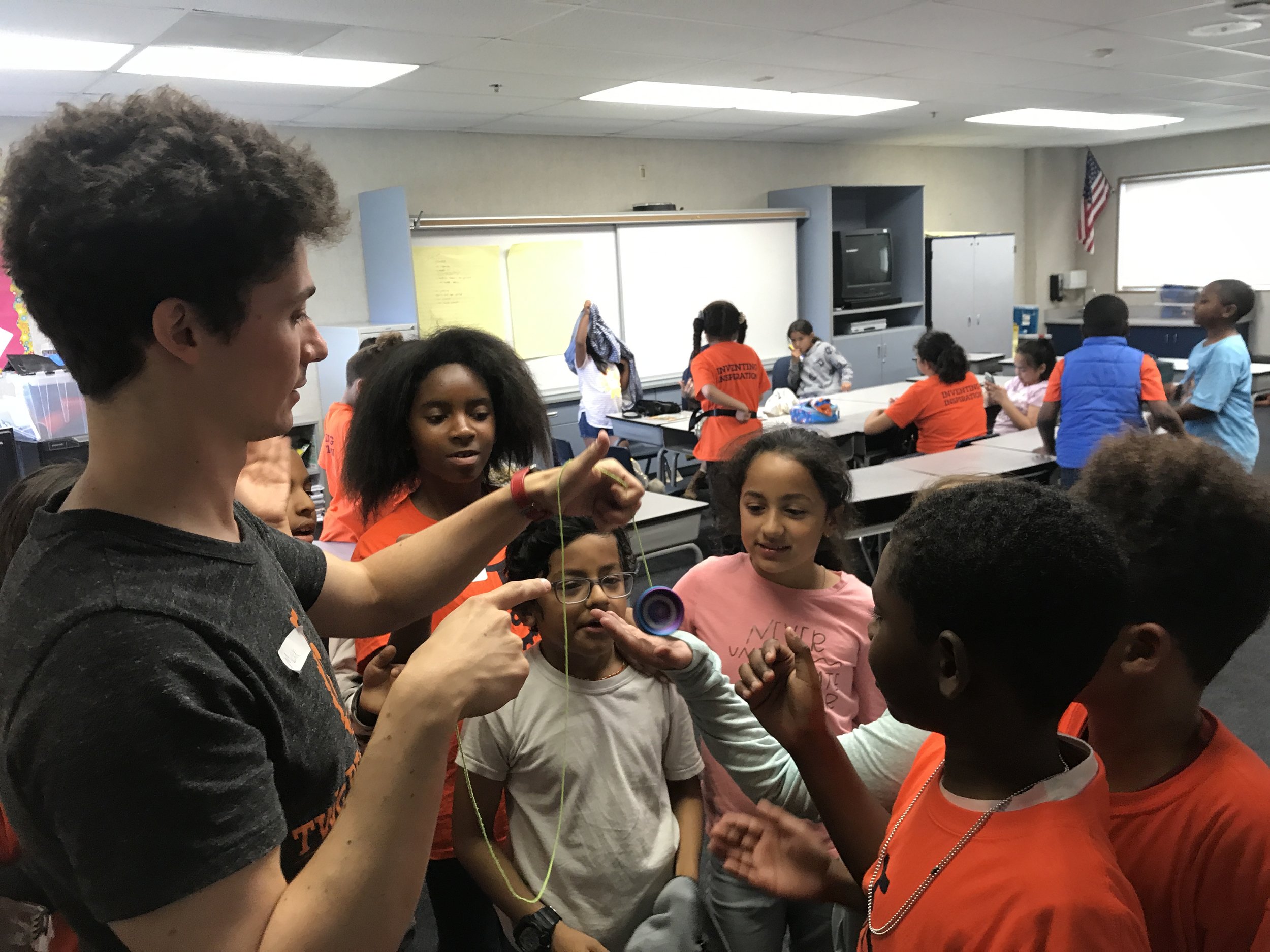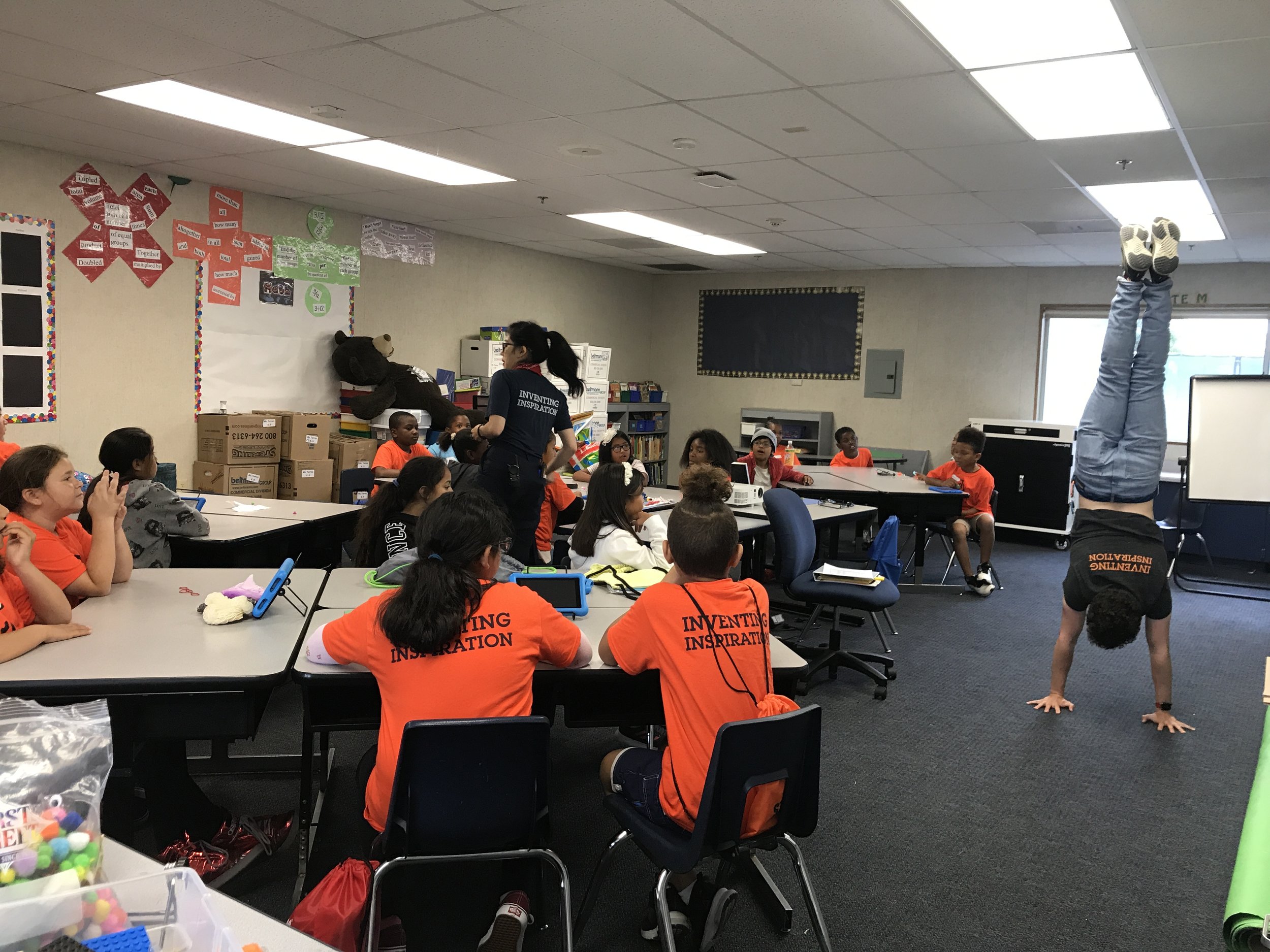Monday was the last day of camp. We helped to conduct exit surveys with all of the students and pack up all the supplies to bring back to the warehouse. It was a bittersweet day.
I was helping this one student to fill out the survey, when the question, “What didn’t you like about camp?” popped up. Now, this particular student had caused problems all of camp and had complained every day. I was bracing myself for her response, when she said, “I loved everything. I loved the legos, 3D print pens, stop motion animation…my mom is buying me a 3D print pen for my birthday, because I know how to 3D print now!”
I was pretty blown away by her response. Even though she can complained every day, she had actually enjoyed herself. And this camp had actually made an impact on her that will continue on as she develops more design skills from practicing 3D printing. She even asked if she would see me again next year, and was bummed when I said I wouldn’t be returning.
Even though I hadn’t planned on helping out at a summer camp during my internship, it helped to remind me of why I do what I do. I love working with kids, playing, and spreading the joy of STEM.
Please enjoy these photos of me being dunked on the last day of camp in our own makeshift dunk tank.
After camp, we got back to work. I started to work with my co-intern Aubrey to program our Space Squad game. It had been a while since I used Unity and a little bit of an upward battle. I got buttons to attach and was able to get those working.
We also decided this week to work together as a team to refine the puzzle box escape room for beta night. During camp, we ran a 3D printing program where students learned how to use 3D print pens. As an extra activity to reinforce learning, Jacob and Justin built a puzzle box escape room. Students had 15-20 minutes to build tools using the 3D print pens to unlock/solve the puzzle boxes. Testing with the students allowed them to get more data about how to make the puzzles more robust.
Given the success of this experience, we decided to work together as a team to refine this experience and test at Beta Night. Beta Night is an event held once a month at the Two Bit Circus Microamusement Park. Companies are invited to beta test their new experiences to the public for free. This was an opportunity for us to showcase our work to the corporate side of Two Bit Circus.
We split up tasks and worked on beginning to revise the puzzles and create all the additional materials necessary to bring the experience together.
